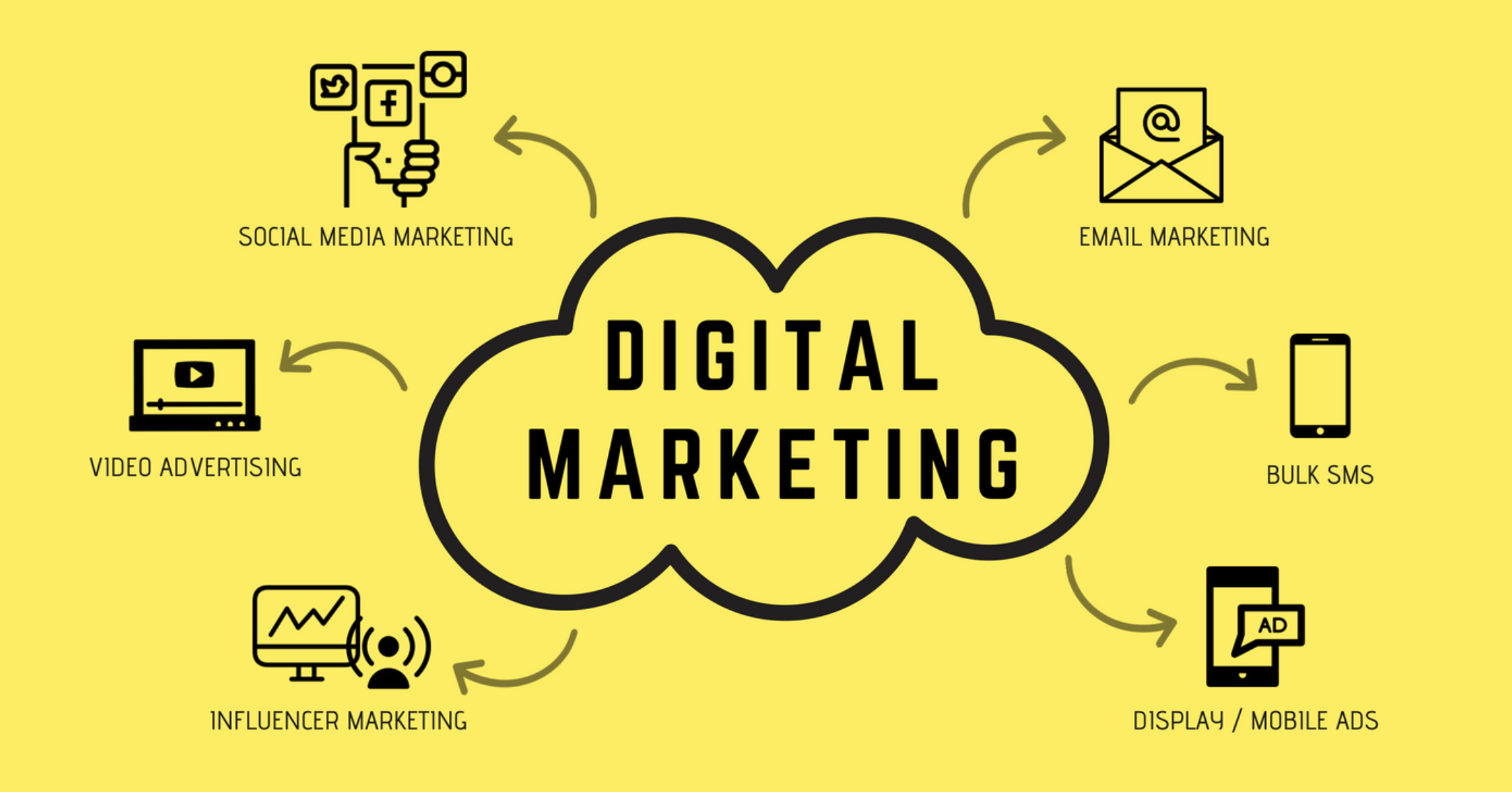Release Imagination with The Ad Firm Web Design Agency: Crafting Digital Masterpieces
Release Imagination with The Ad Firm Web Design Agency: Crafting Digital Masterpieces
Blog Article
Enhance Individual Experience and Drive Website Traffic With Receptive Website Design
In today's digital landscape, where customers are accessing web sites from a wide range of devices, receptive web design has actually become much more crucial than ever. With its capability to adapt and seamlessly readjust to different display sizes, receptive style not only boosts customer experience but likewise drives web traffic to your website.
Why Receptive Website Design Matters
Receptive website design is an important facet of modern internet development as a result of its capability to ensure optimum user experience throughout numerous gadgets and display sizes. With the spreading of smartphones, tablet computers, and various other mobile gadgets, it has actually come to be vital for sites to adjust and provide seamless performance regardless of the tool being used.
The main factor why responsive website design issues is that it enables individuals to have a consistent and pleasurable browsing experience, despite the tool they are using. A responsive web site instantly adjusts its design, web content, and design components to fit the display dimension and resolution of the tool, making certain that users can easily engage and browse with the web site with no aggravation or stress.
In addition, receptive web style likewise plays a considerable function in seo (SEO) Internet search engine, such as Google, prioritize sites that are mobile-friendly and responsive in their search results. By incorporating responsive design principles, sites can boost their presence and position, resulting in boosted organic traffic and potential consumers.

Boosting Customer Engagement Through Responsive Style
Maximizing user interaction is a key goal of responsive style, as it makes certain that users can easily accessibility and interact with site material on any type of tool. With the raising use of smartphones and tablet computers, it is critical for websites to adapt to different screen dimensions and resolutions. Responsive design enables sites to immediately change their layout and material to offer a seamless individual experience across gadgets.
One of the main ways responsive design enhances customer involvement is by decreasing tons times. With a receptive web site, individuals don't have to wait for separate mobile versions to lots, causing much faster accessibility to material. This enhanced speed brings about greater customer complete satisfaction and motivates them to spend even more time on the website.
In addition, receptive layout improves individual engagement by improving navigating and interface (The Ad Firm seo). When a web site is developed responsively, menus and switches are optimized for touch communications, making it simpler for users to interact and browse with the site on their smart phones. This instinctive and easy to use experience keeps customers engaged and urges them to check out more of the web site
Additionally, receptive style enables much better content exposure and readability. By adapting the design and typeface sizes to various tools, responsive web sites make certain that individuals can quickly understand the web content and read. This enhances user interaction by lowering the need for scrolling or zooming to check out the message.
Increasing Web Site Website Traffic With Responsive Web Style
With the expanding appeal of smart phones, having an internet site that is responsive to different screen sizes and resolutions is necessary for driving increased website traffic. In today's digital landscape, users are accessing sites from a range of gadgets such as mobile phones, tablet computers, and desktop. Each of these devices has different screen dimensions and resolutions, and if your site is not made to adjust to these variants, it can bring about an inadequate customer experience and a loss of prospective web traffic.
Receptive website design ensures that your website looks and operates ideally throughout all gadgets. By utilizing versatile grids, fluid images, and media questions, receptive layout enables your site to automatically change its format, material, and navigating to fit any type of display size. This indicates that users will certainly have a seamless browsing experience despite whether they are utilizing a little smartphone or a huge desktop computer computer.
Key Components of Efficient Receptive Style
Reliable responsive layout integrates several vital aspects that ensure a smooth user experience throughout different gadgets. One of these aspects is flexible grids and designs. By making use of family member devices like portions as opposed to repaired devices like pixels, designers can produce layouts that adapt and scale to fit different display sizes. This enables web content to be displayed in a aesthetically enticing and readable fashion on any gadget.
One more crucial component is media questions. These permit developers to apply different styles and designs based upon the characteristics of the individual's gadget, such as screen size and positioning. By utilizing media questions, developers can optimize the presentation of content for each gadget, making sure that it is conveniently obtainable and legible.
Responsive pictures are likewise vital in reliable receptive style. Pictures that are additional reading as well big can decrease page load times on mobile devices, while images that are too tiny might show up pixelated on bigger screens. By utilizing techniques such as responsive photo resizing and careless loading, developers can guarantee that images are appropriately sized and maximized for each and every gadget.
Finally, efficient receptive style includes a mobile-first approach. This means prioritizing and developing material for smart phones first, and afterwards increasing and improving the design for larger displays. This approach makes sure that the most important material is quickly accessible on smaller screens, while still giving a rich experience on bigger gadgets.
Best Practices for Applying Receptive Internet Layout
Carrying out responsive internet design calls for cautious consideration of different best methods to ensure an optimum user experience throughout various devices. Below are some vital best techniques to follow when carrying out responsive website design.
To start with, it is important to prioritize mobile individuals. With the raising a knockout post dominance of mobile phones, developing for mobile-first has come to be necessary. Start by making for smaller screens and afterwards gradually boost the format for bigger displays.

One more vital finest practice is to enhance images for various screen resolutions. Big images can reduce down the filling time of your internet site, particularly on smart phones with slower connections. Usage responsive photos that can be resized based on the device's display resolution to improve efficiency.
Additionally, test your internet site on different tools and screen dimensions to guarantee a consistent and smooth experience. There are numerous testing devices offered that can aid you identify any type of issues and make required changes.
Lastly, prioritize use and ease of access. Ensure that your site is simple to browse, with clear and concise material. Ensure that your web site is available to people with specials needs and adheres to ease of access guidelines.
Final Thought
In verdict, receptive internet design plays a crucial role in improving individual experience and driving web traffic to internet sites. By taking on responsive layout concepts, internet sites can make certain optimal viewing experiences across different devices, bring about increased user engagement (The Ad Firm seo). Receptive layout can likewise add to higher internet site web traffic as it enhances search engine rankings and helps with easy sharing of content. Services ought to go to my blog focus on carrying out the essential aspects and best techniques of receptive design to effectively fulfill the demands of contemporary users.
Enhancing user interaction is a crucial goal of receptive design, as it makes sure that users can quickly accessibility and interact with web site content on any type of tool. Responsive style makes it possible for sites to instantly readjust their layout and material to provide a seamless user experience throughout tools.
Additionally, responsive style boosts user involvement by enhancing navigation and customer interface.Receptive images are likewise crucial in effective responsive style. By taking on receptive layout principles, sites can make sure ideal seeing experiences throughout various devices, leading to enhanced customer engagement.
Report this page